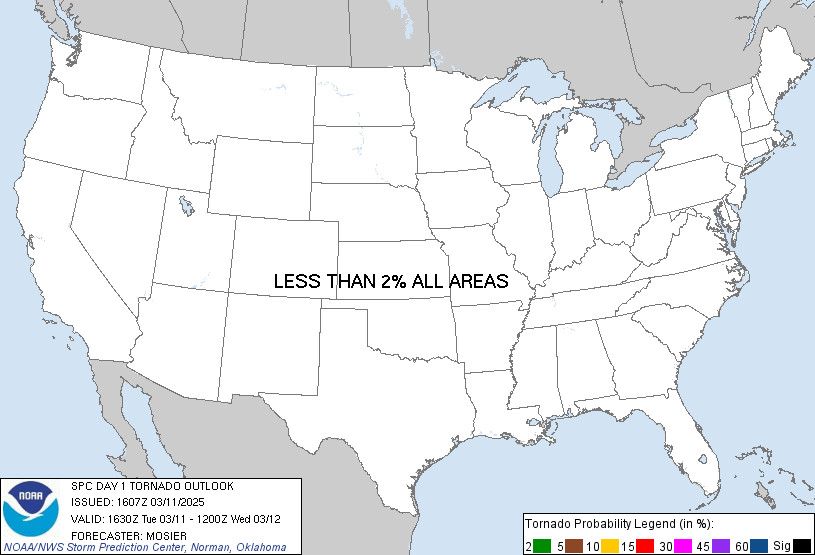Lunch breaks in cricket, like tea breaks, are essential intervals scheduled within a match day. The specific timing of the lunch break isn’t fixed but is determined before the game starts, usually through consultation between the two team captains and the umpires, as outlined in Law 2.3 of the cricket rules. This pre-game agreement ensures both teams are aware of the scheduled lunch break.
The duration of the lunch interval is also flexible. Law 11.2.1 states that the length of this break, as well as the tea interval, is decided as per Law 2.3, starting from the call of “Time” before the break until the call of “Play” to resume the match. This allows for adjustments based on various factors, including the match schedule and playing conditions.
Several rules govern how lunch breaks are handled in different match situations. Law 11.5 specifically addresses scenarios related to the lunch interval. For instance, if an innings concludes within 10 minutes of the scheduled lunch time, the break begins immediately, incorporating the 10-minute interval usually allocated between innings (Law 11.5.1).
Similarly, unexpected stoppages due to weather or ground conditions within 10 minutes of the scheduled lunch will trigger an immediate break, regardless of prior agreements (Law 11.5.2). The break’s duration remains as agreed upon beforehand, and play restarts once conditions allow.
However, if players need to leave the field for any reason more than 10 minutes before the scheduled lunch, the break happens at the pre-agreed time unless the umpires and captains mutually consent to a change (Law 11.5.3). This maintains the integrity of the pre-match agreement unless exceptional circumstances warrant a change. These rules aim to ensure fairness and consistency in managing match timings while providing necessary breaks for players.
Law 11.4 allows for adjustments to pre-set interval times due to lost playing time from adverse conditions or exceptional circumstances, requiring agreement from both umpires and captains. This flexibility ensures the smooth progression of the match while adhering to the rules. Changes can be made as long as they don’t violate regulations regarding lunch and tea intervals (Laws 11.2, 11.5, 11.6, 11.7, and 11.8.3).
Law 11.7 addresses scenarios where nine wickets are down close to the scheduled lunch or tea interval. If nine wickets are down within three minutes of the scheduled break, or fall during the over in progress at the scheduled time, the interval is delayed until the end of the over in progress 30 minutes after the original scheduled time, unless the innings ends sooner or players need to leave the field. This ensures a continuous flow of play in crucial moments of the match. Importantly, a batter’s retirement doesn’t count as a fallen wicket in this context.
Finally, Law 11.9 allows captains to mutually agree to skip the tea break or drinks intervals at any point during the match. When play is active, the batter at the wicket can represent their captain in agreeing to forgo a drinks break for that session. This rule offers flexibility in managing playing time and conditions based on the specific needs of the game. The umpires must be informed of any such agreements. This provision underscores the collaborative nature of decision-making in cricket, allowing for adjustments based on the evolving game situation.

